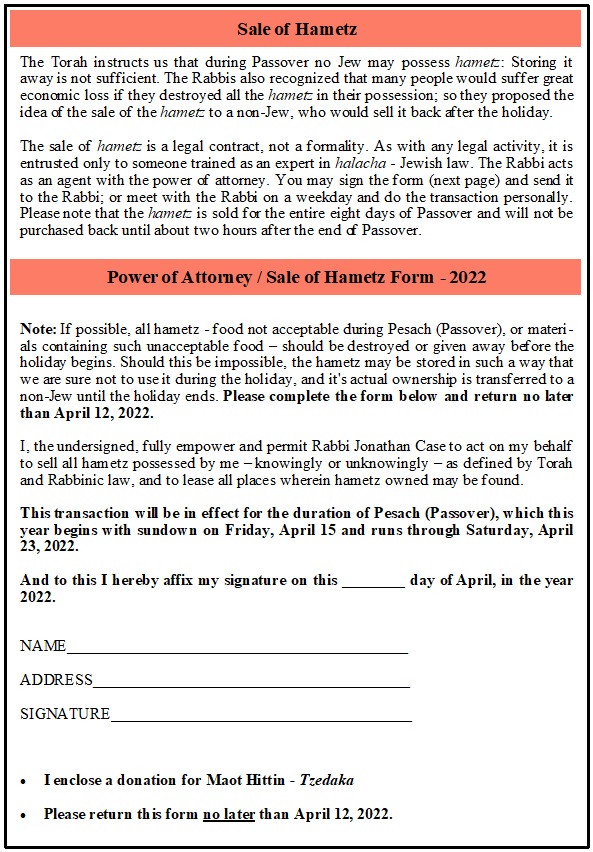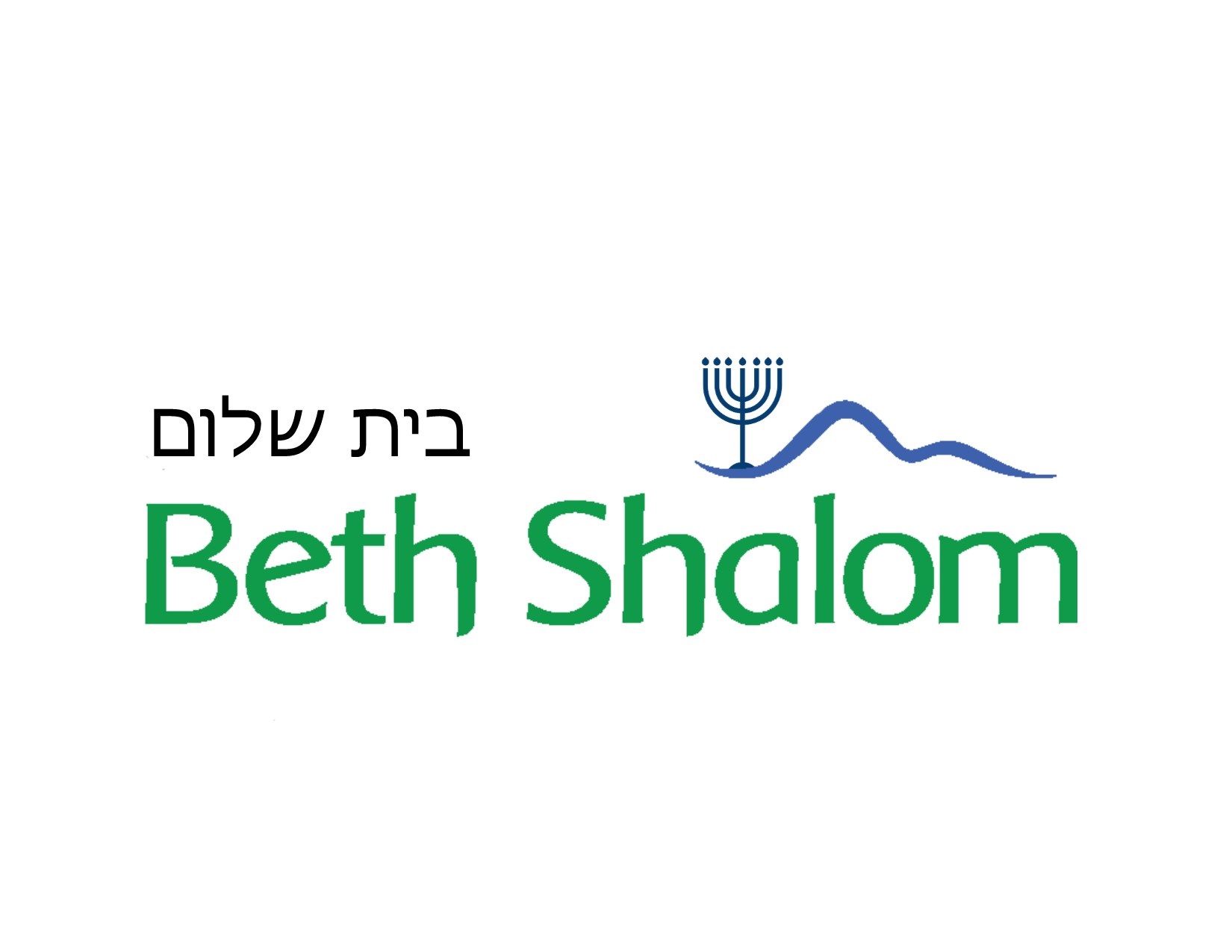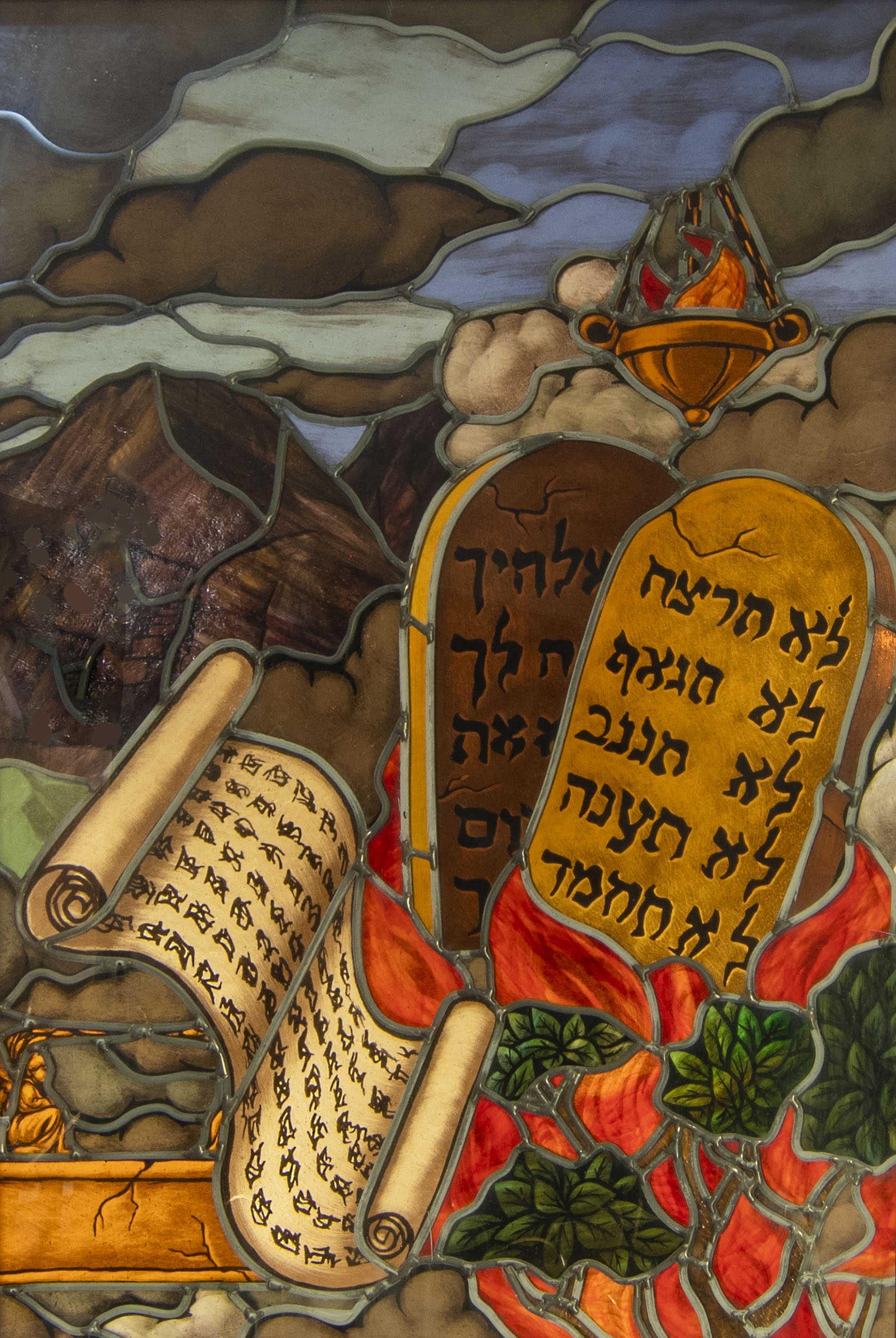Fast of the Firstborn
Traditionally, the first-born of each family fasts on the day before Pesah. On Friday morning there is a fast called Taanit B’khorim. This is a fast for the firstborn of a mother or father. Customary after Shacharit (morning prayers) is to hold a siyyum, a celebration of the completion of a segment of Talmud. The siyyum overrides the fast which then allows all firstborn in attendance to eat. Otherwise, they would fast in commemoration of the survivors and victims of the Deliverance from Egypt.
The Search for Hametz
Hametz comes in many forms. It is any kind of leaven. On the eve of Pesah we light a candle, take a feather and plate. With these items we pass through our house and begin the search. (so that the search is not in vain we strategically place hametz throughout the house). The Blessing: Barukh Ata Adonai Elohaynu Melekh HaOlam Asher Kideshanu B’mitzvotv al biur hametz.
Idea: The Rabbis say that Hametz symbolizes the yetzer ha-ra, the evil or dark side. Getting rid of the hametz then is a spiritual purging of the soul. Question: Into what locked cabinet do I put all my pain from last year?
The next morning, we take the found hametz and burn it as a final act of removal (since no Jew is allowed to have in their possession any leaven during the holiday). As the flames consume our last hametz we say, “All hametz in my home that I have not seen and have therefore not removed shall be ownerless, non-existent, as the dust of the earth.”
Lighting the candles
At 7:37 pm on April 15, 2022, we kindle at least two candles and say three brakhot. The first is for the lights, the second for the holy day and the final one, the Sh-hehiyanu, is praising the Lord for the present… we have lived to this day. On the second night candle lighting is at 8:19 pm.
Idea: Cover your eyes immediately after the candles have been lit. Construct your own inner blessing for this Pesah.
All eight days of Pesah are sacred, kodesh. However, on the intermediate days, called hol ha-moed, we maintain the strict observance of only eating Pesah-dik foods while going about our usual daily activities.
On the final day of Pesah we observe Yizkor, when Memorial prayers for the dead are said.
Preparation
The seder plate consists of:
> 3 whole matzot (make sure it is “kosher for Passover”)
> Charoset, the mixture of apples, cinnamon, walnuts and wine
> Marror, horseradish or romaine lettuce
> karpas, parsley
> zeroa, bone
> baytza, egg, boiled and then roasted
Also needed
Elijah’s cup
Haggadot
Two candles each night
The Table
The word Haggadda, means the telling, or the story. The Pesah Haggadah contains the tale, the story of our people’s liberation.
The story we recount at the Passover meal has as its sole purpose to feel the exodus from Egypt. The reason we follow the narrative of the Haggadah along with many evocative foods is to give the sensation of having personally experienced redemption.
In the words of the Haggadda, “In every generation the person much see himself or herself as if they had escaped from Egypt.” To that end we eat blood marror, flat, hard matzah, we tell the story in several different forms to appeal to every kind of intellect, and we sing songs that evoke powerful feelings. We cleanse our homes of all hametz, just as our ancestors had none. A lamb’s bone lies on the Seder plate reminding us of that event long ago when our ancestors had to obtain a lamb for each home, roast it, eat it and smear it’s blood on their doorpost to avert the Angel of Death.


